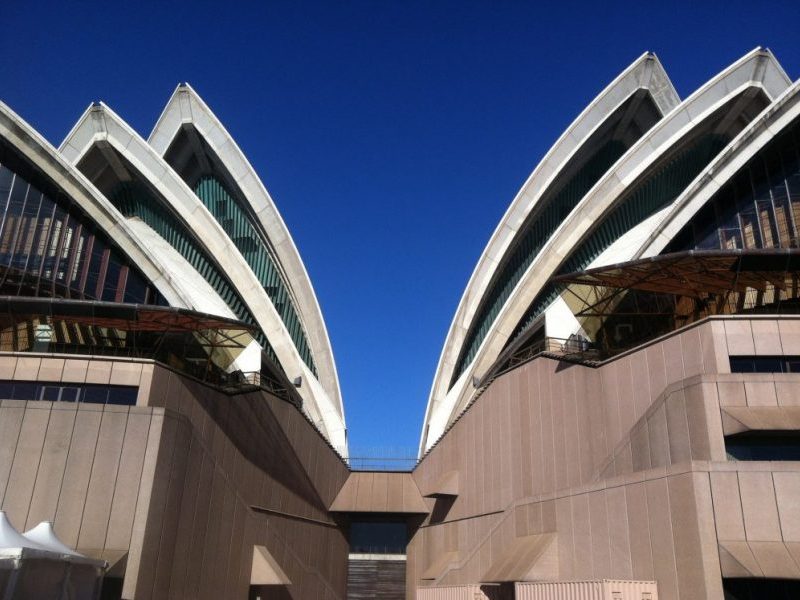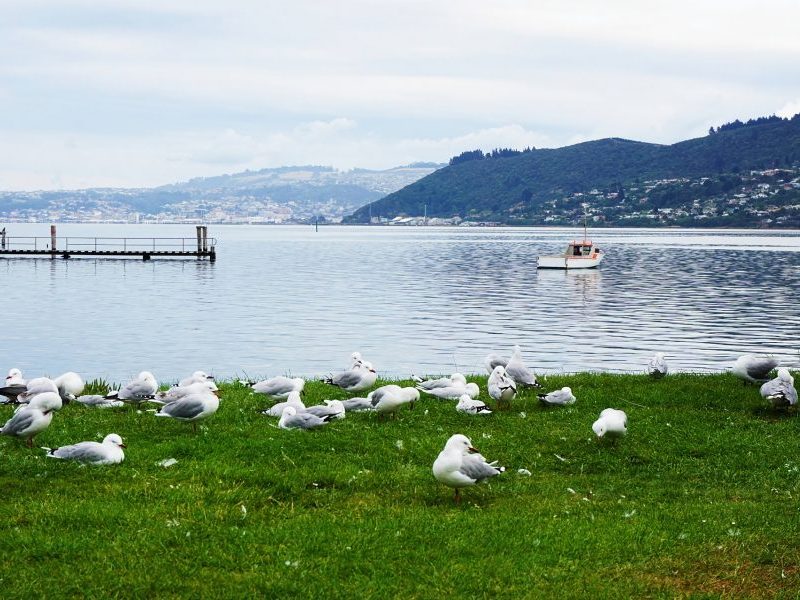After the Coronavirus, it seems that it is time to wipe the suitcases that had unfortunately emerged from the wardrobe, desperate to travel or travel anywhere. Quarantine measures have not been abolished, but they have been even more liberal. We still go for walks in the parks and stores. Only a few short moves and we will see towns and countries under the plane’s wing, where we will embark on adventures. And, if you have not made up your mind yet, the editors of 5 areas have put together a roundup of recent tourism news for you. When he awakened, he was already awaiting the appearance of his companions. After the Coronavirus, we will tell you where to go first.
Sicily
Sicily, Italian Sicilia, an island in southern Italy, in the Mediterranean Sea’s most oversized and most heavily inhabited island. Sicily is an autonomous territory of Italy that includes Egadi, Lipari, Pelagie, and Pantelleria. It is located approximately 100 miles (160 kilometers) northeast of Tunisia (northern Africa). The Strait of Messina separates the island from the mainland (2 miles [3 km] wide in the north and 10 miles [16 km] . Palermo is the capital.
Santorini
Cousteau came here in search of the abandoned city of Atlantis. On the Greek island of Santorini, the shape of a crescent, the precious jewel of the Aegean, Santorini (or Thra), is currently a community of islands in the southernmost portion of the Cyclades consisting of Thra, Thirassiá, Aspronssi, Palea, and Nea Kaméni. Did you realize that the whole Santorini island complex is now an active volcano (along with Méthana, Milos, and Nsiros) with the world’s only volcano crater in the sea? The islands that makeup Santorini were formed by intense volcanic activity; twelve massive eruptions occurred, one every 20,000 years on average. Each explosion caused the volcano’s central portion to crumble, creating a wide crater (Caldera). The volcano, on the other hand, was able to rebuild itself repeatedly. The three islands (Thra, Thirassiá, and Aspronssi) were coated in igneous material (primarily ash, pumice, and lava stones) 3,600 years ago (during the Minoan Age). The eruption obliterated the flourishing local prehistoric culture, proof of which was discovered during an Akrotiri village. Strong material and gases ejected from the volcano’s interior formed a massive “vacuum” underneath it, allowing the central portion of the volcano to collapse and the formation of an immense “cup” – today’s Caldera– measuring 8×4 km in size and reaching a depth of up to 400 meters below sea level.
Paris
Paris is the capital of France country’s north-central region. By about 7600 BCE, people resided on the current city location, situated along the Seine River about 233 miles (37 km) from the river’s mouth on the English Channel (La Manche). The new city has expanded well beyond both the Seine banks, starting on the island (Île de la Cité).
For decades, Paris has become one of the most important and enticing cities in the world. It is admired for the possibilities it provides for industry and tourism, education, music, and entertainment; its gastronomy, haute couture, painting, writing, and scholarly society are well-known. Paris has maintained its significance as a center for schooling and scientific endeavors, earning the moniker “the City of Light” (“la Ville Lumière”) after the Enlightenment.
Naples
A historic harbor of mythical proportions—and a foodie haven. Naples, city in southern Italy, is known for its intoxicating blend of Old-World elegance and urban grit. This is one of Europe’s oldest towns, with great sculpture, design, and archaeology to compete with larger metropolises. The wood-fired pie, though, is what draws the crowds. Between pizzeria visits, the historic core of Naples (a UNESCO World Heritage site) has lots to offer: The Chiesa di San Gregorio Armeno, a 16th-century Baroque masterpiece, and the Duomo, a 13th-century Roman Catholic cathedral, are also worth seeing. The Museo Archeological Nazionale di Napoli houses Pompeii artifacts, while Museo Cappella Sansevero, founded in the late 1500s, boasts Rococo splendor. Take a promenade as the sun sinks over the Bay of Naples, as the locals do.
Malta
The island’s uniqueness and solitude have struck all who have toured Malta. They are also enthralled by the scenery and cosines of the streets, the bright sand-colored homes, and the community that seeps through every crack. Many people, we are sure, have a trip to Malta on their bucket list. At the same time, quarantine is a beautiful time to think about the journey’s specifics and schedule a trip to this cradle of Arab-Italian culture’s eclecticism. You may, for example, use the proposal put together by the Heritage Malta association as a means of planning. A virtual tour of the Behind Closed Doors: Fort St Angelo and the Royal Navy 1906-1979 show, Behind Closed Doors: Fort Sant’Angelo and the British Navy, was introduced thanks to the association’s efforts.
This show commemorates the 40th anniversary of Malta’s independence from the United Kingdom. It was first held in 2019 at Heritage Malta’s project, and thousands of tourists praised it. Specific memoirs of retired Maltese and British troops make up the bulk of the exhibition. Letters, novels, filmed interview videos, photos, and memorabilia from those years can be found here. each of which is a separate online display section.

